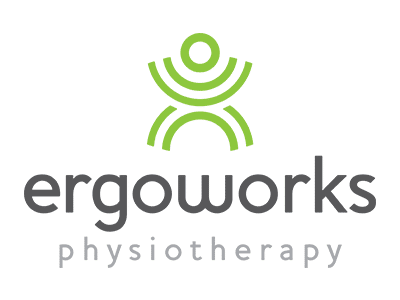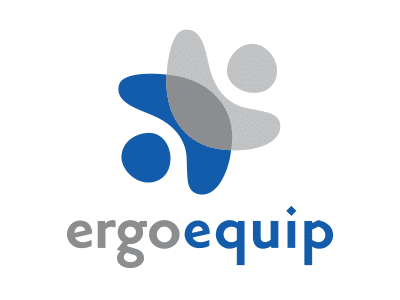Is Activity-Based Working Right for Your Company? Find Out Now!

Understanding Activity-Based Working (ABW)
Activity-Based Working (ABW) is a workplace strategy that provides employees with a variety of work settings, tailored to support different activities throughout the day. Rather than assigning desks or offices to employees, ABW allows workers to choose their workspace based on the task they need to accomplish. This can include quiet areas for focused work, collaborative spaces for team projects, and informal areas for social interactions.
The Rise of ABW
ABW has gained popularity in recent years as companies strive to create more dynamic and flexible work environments. The shift is driven by the need to enhance productivity, employee satisfaction, and space utilization. In Australia, the trend towards ABW is growing, with many businesses adopting this model to foster innovation and collaboration.
Benefits of Activity-Based Working
Increased Flexibility and Productivity
One of the primary benefits of ABW is the flexibility it offers. Employees can choose the most suitable environment for their tasks, whether they need quiet concentration or a collaborative space. This flexibility can lead to increased productivity, as employees are not confined to a single workspace that may not meet their needs for all types of work.
Enhanced Collaboration and Innovation
By providing diverse work settings, ABW encourages spontaneous interactions and collaboration among employees. These interactions can lead to innovative ideas and solutions that might not emerge in a more rigid office environment. Collaborative spaces are designed to foster teamwork, making it easier for employees to work together on projects.
Better Space Utilization
ABW can significantly improve space utilization in an office. Traditional office layouts often result in underutilized spaces, with assigned desks and offices left empty when employees are out of the office or in meetings. ABW maximizes the use of available space by allowing employees to use different areas as needed, reducing the need for dedicated desks.
Improved Employee Satisfaction and Wellbeing
Providing employees with the autonomy to choose their workspace can enhance job satisfaction and overall wellbeing. When employees have control over their work environment, they are more likely to feel empowered and motivated. Additionally, ABW environments often include ergonomic designs, which can reduce physical strain and promote health.
Challenges of Implementing ABW
While ABW offers many benefits, it is not without challenges. Companies need to consider several factors to ensure a successful transition.
Cultural Resistance
Transitioning to ABW can be a significant cultural shift for employees who are used to traditional office setups. There may be resistance to change, with some employees feeling uncomfortable or uncertain about the new way of working. It is essential to manage this transition carefully, with clear communication and support to help employees adapt.
Technology Requirements
ABW relies heavily on technology to support flexible working. Companies need to invest in reliable and secure technology solutions, such as high-speed internet, cloud-based collaboration tools, and secure access to company systems. Ensuring that all employees have the necessary tools and training is crucial for the success of ABW.
Space Design and Ergonomics
The physical design of the workspace is critical in ABW. It is important to create a variety of functional and comfortable spaces that cater to different activities. Engaging an ergonomic consultant can be beneficial to ensure that the workspace is designed with employee health and comfort in mind. Ergonomic furniture and equipment can help prevent physical strain and injuries.
Maintaining a Sense of Community
One potential drawback of ABW is the risk of employees feeling disconnected from their colleagues. Without assigned desks, it can be challenging to maintain a sense of community and belonging. Companies need to find ways to foster a sense of connection, such as regular team meetings, social events, and collaborative projects.
Is ABW Right for Your Company?
Deciding whether ABW is suitable for your company involves evaluating your specific needs and goals. Here are some factors to consider:
Nature of Work
Consider the nature of the work your employees perform. ABW is ideal for companies that require a mix of individual and collaborative tasks. If your employees primarily need quiet, focused environments, ABW might not be the best fit. However, if your work involves frequent collaboration and flexibility, ABW can enhance productivity and creativity.
Employee Preferences
Understanding your employees’ preferences and work styles is crucial. Conduct surveys or focus groups to gather feedback on how they feel about the potential transition to ABW. Employee buy-in is essential for the success of ABW, and their input can help tailor the approach to meet their needs.
Current Workspace Utilization
Analyze how your current workspace is being used. If you find that many desks are often empty, and there is a need for more collaborative spaces, ABW could be a beneficial change. Assessing space utilization can provide insights into how ABW might improve your office layout and efficiency.
Budget and Resources
Implementing ABW requires an investment in technology, furniture, and space redesign. Ensure that your company has the budget and resources to support these changes. Working with an ergonomic consultant can help optimize the design and ensure that the investment leads to improved employee wellbeing and productivity.
Activity-Based Working can offer significant benefits, including increased flexibility, enhanced collaboration, better space utilization, and improved employee satisfaction. However, it also presents challenges such as cultural resistance, technology requirements, and maintaining a sense of community.
Before deciding to adopt ABW, evaluate your company’s specific needs, the nature of the work, employee preferences, current workspace utilization, and available resources. By carefully considering these factors and involving an ergonomic consultant in the planning process, you can determine if ABW is the right fit for your organisation and ensure a successful transition.


